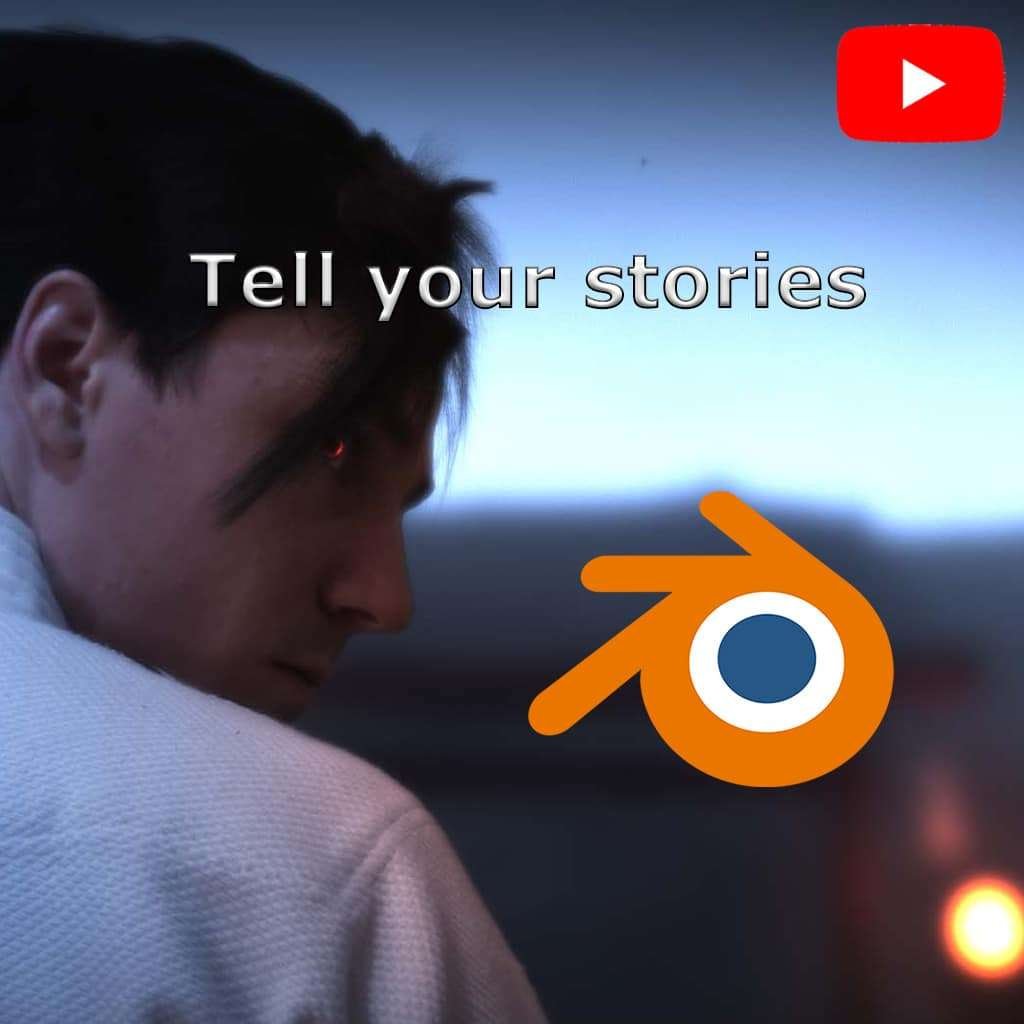Let’s face it — most AI product videos feel like glorified PowerPoints. Polished, yes. Informative, maybe. But memorable? Not even close. In a sea of demos, dashboards, and data points, the emotional connection is often the first thing to disappear. And yet, emotion is what drives decisions — especially in a world where your competitor is just a click away.
So how do you make your AI product stand out?
You stop leading with features.
And start leading with feeling.
That’s where the emotional hook comes in — the cinematic, human-driven spark that pulls your viewer in before they even realize you’re selling them something. It’s not a gimmick. It’s good storytelling. And for AI companies, it’s the missing link between “interesting tech” and “I need this in my life.”
This article breaks down exactly how to craft that hook and turn your AI product video into a cinematic storytelling experience that converts.
Table of Contents
- Why Emotion Wins in a Logic-Driven Industry
- The Anatomy of an Emotional Hook (with Examples)
- How to Craft One for Your AI Product
- FAQ
Why Emotion Wins in a Logic-Driven Industry
AI is technical. Abstract. Complex.
But people? They buy with their gut.
Even B2B decision-makers — the CTOs and product leads you’re targeting — are still humans. They want clarity, certainty, and above all, a story they can believe in.
The Science of Emotional Storytelling
Research from Harvard Business School shows that 95% of purchasing decisions are subconscious — driven by emotion, not logic. Even in tech.
That’s why a cinematic product video rooted in emotional storytelling outperforms even the most detailed explainer.
When you wrap your AI product in a human narrative — a problem, a struggle, a change — it becomes more than software. It becomes a solution with a soul.
Real Example: Grammarly’s AI Assistant
Grammarly doesn’t open with “GPT-powered writing enhancement.” It opens with a struggling writer, a tired manager, or a non-native speaker trying to communicate better. The tech fades into the background. The emotion leads.
This is video marketing for tech products done right:
- Emotion-first
- Tech as enabler
- Clear transformation
When done well, it feels less like an ad, more like a short film.
The Anatomy of an Emotional Hook
What does an emotional hook actually look like in a cinematic product video?
Let’s break it down.
🎯 Step 1: The Relatable Pain
Start with a moment your audience lives daily:
- An engineer overwhelmed by context switching
- A manager missing deadlines due to information overload
- A founder pitching with clunky slides
The more specific, the more powerful.
This is your emotional « in. »
🎬 Step 2: The Mood
Use sound design, lighting, pacing, even silence to create tension or empathy.
In cinema, mood is everything. Apply it to your product storytelling too.
🎥 Example: In a recent ad for Notion AI, they open with an overworked creative staring at 15 open tabs. No words. Just pacing, sighs, ambient noise. It’s real. It lands.
💡 Step 3: The Spark of Change
Your AI product doesn’t magically appear. It responds — to pain, to chaos, to pressure.
When introduced, it must feel like a shift in the scene. A new tone. A turning point.
This is where the cinematic product video shines:
- Subtle interface overlays
- Real-time interaction
- Emotional reactions (relief, surprise, clarity)
🔄 Step 4: The Emotional Resolution
The end is not just “Now I can automate X.”
The end is: “Now I can focus. I feel in control. I can breathe.”
That’s the power of an emotional hook.
It reframes your product from what it does to how it makes life better.
How to Craft One for Your AI Product
Now let’s get practical. Here’s how to apply this to your AI startup.
1. Interview Your Users — Not for Features, but Feelings
Don’t just ask “what do you like?”
Ask:
- “What frustrated you before using our product?”
- “What changed in your day-to-day life?”
- “When did you first feel the impact?”
You’re not collecting testimonials. You’re mining scenes. Stories. Emotions.
2. Script Like a Film, Not a Demo
Swap this:
“With our powerful LLM, you can automate contract review at scale.”
For this:
“It’s 6PM. Your inbox is full. And legal is waiting. Again.
But today… you don’t panic.”
Start there. Build from there. That’s your emotional hook.
3. Match Visual Language with Emotional Beats
Your video shouldn’t show the UI. It should show the transformation.
Before = cold light, cluttered desk, late night.
After = natural light, soft music, flow state.
Let the visuals carry the feeling.
4. Keep It Short, but Cinematic
Your hook should land in the first 8 seconds.
Yes, even on LinkedIn or YouTube ads.
If you can’t hook the heart, the head won’t stay.
FAQ
Q1: Why not just use a traditional explainer video?
Because explainers inform — but rarely convert. Today’s audience is numb to specs. Cinematic storytelling taps into the why, not just the what. That’s what moves people.
Q2: How long should an emotional product video be?
Aim for 30 to 60 seconds for ads. For brand content, 90 seconds works well. The key is pace — hook them fast, hold them with story, close with clarity.
Q3: Can this work for B2B AI tools?
Absolutely. B2B doesn’t mean boring. Your buyers are human too — and they’re overwhelmed by dry tech pitches. Emotion cuts through.
Q4: What if our product is too technical?
Perfect. That’s your edge. The more abstract the tech, the more powerful the contrast when you make it human.
Q5: How do we find the right story?
Ask your users. Follow their pain points. Then wrap your product inside that story. You’re not writing fiction. You’re revealing the truth — cinematically.
Conclusion
The tech world is evolving fast. AI is everywhere. But in a market flooded with similar promises, clarity and emotion win.
A cinematic product video with an emotional hook does more than just explain.
It makes people feel. And when they feel, they remember. They trust. They act.
If your product truly changes lives — show it through story, not specs.
Let your audience see themselves in your video.
Let them feel the pain… and the relief.
Because behind every AI model, behind every API call, there’s one core question your prospect is asking:
“How will this make my life better?”
Answer that with emotion — and you’ll win their mind, and their loyalty.


